Disclosure: This article contains affiliate links. We may earn a commission from purchases at no extra cost to you, which helps our travel content.
Standing on the arched stone bridge spanning one of Bruges' countless canals, I watched as late afternoon sunlight gilded the step-gabled facades that have remained largely unchanged since medieval merchants walked these same cobblestone streets. The reflection of centuries-old architecture shimmered in the water below, creating a perfect mirror image of history frozen in time. As a traveler who has explored the ancient bridges of the American Southwest and the architectural wonders of Spain, I can confidently say that Bruges offers something uniquely precious: an almost perfectly preserved medieval European city that feels like stepping directly into a 15th-century painting. Whether you're architecture enthusiasts, history buffs, or simply a couple seeking a romantic backdrop with substance, this compact Belgian gem delivers an immersive historical experience that's surprisingly accessible in just a weekend getaway. Let me guide you through the medieval time capsule that is Bruges—where every corner tells a story, every building holds secrets, and where the past doesn't just linger but thrives in vibrant conversation with the present.
The Markt: Heart of Medieval Civic Life
My exploration of Bruges always begins where the city's medieval pulse beat strongest—the Markt. This sprawling central square has served as the commercial and administrative nucleus of Bruges since the 10th century. Approaching from narrow medieval streets, the square suddenly opens before you like a theatrical reveal, framed by colorful guild houses with their distinctive stepped gables.
The 83-meter Belfry Tower (Belfort) dominates the square, a proud declaration of Bruges' historical wealth and independence. I recommend arriving early, around 9 AM, to beat the crowds ascending the 366 narrow, winding steps. The climb is challenging but entirely worth it—each landing offers glimpses into the tower's mechanics and history, including the massive carillon with its 47 bells that still chimes across the city.
Reaching the top, I was rewarded with a panoramic view that contextualizes Bruges perfectly: red-tiled rooftops, church spires, meandering canals, and the surrounding countryside that once supplied the wealth flowing into this merchant metropolis. From this vantage point, the medieval urban planning becomes clear—a revelation for someone like me who's studied how cities develop around natural features and commerce.
Back at ground level, take time to examine the Provincial Court building with its neo-Gothic façade—though reconstructed in the 19th century, it stands where the medieval Waterhalle once facilitated Bruges' international trade. For the best experience of the Markt, I suggest bringing a compact but powerful binoculars to study the architectural details that adorn the buildings—from heraldic symbols to the intricate stonework that medieval craftsmen created without modern tools.
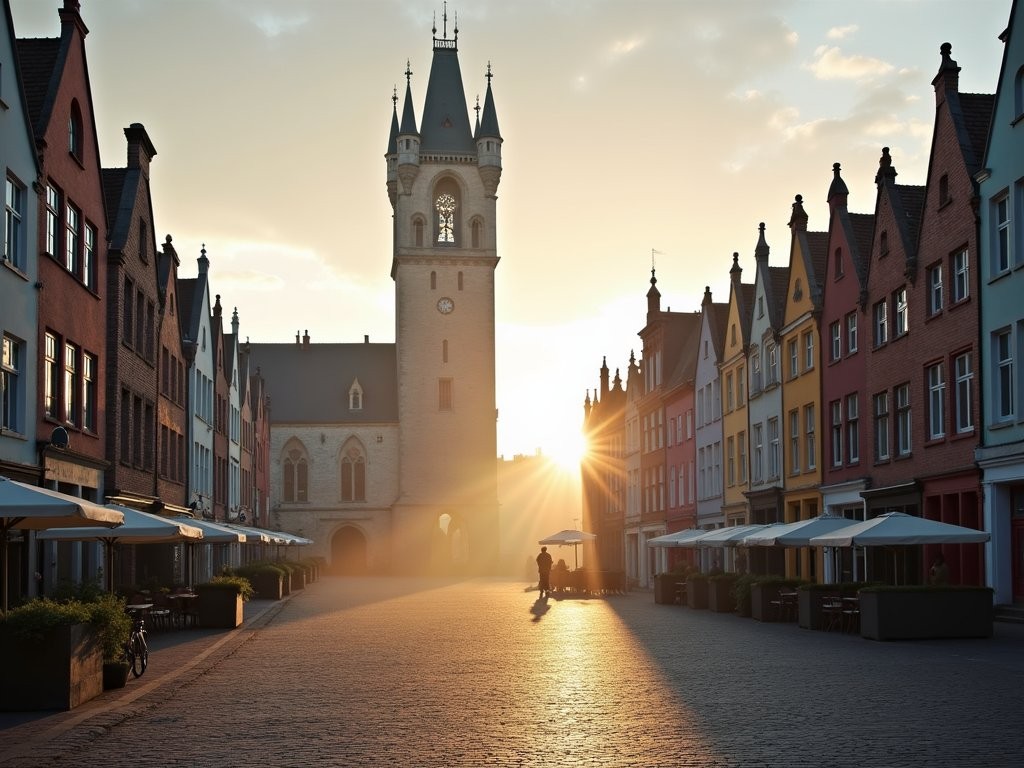
💡 Pro Tips
- Visit the Belfry early morning (9 AM) or late afternoon (after 4 PM) to avoid the longest lines
- Purchase Belfry tickets online to save time, but be aware they're for specific time slots
- Rest at one of the square's cafés after climbing the tower, but move a street away from the Markt for better prices and more authentic food
Burg Square & The Basilica of the Holy Blood
Just a short walk from the Markt lies Burg Square, the historical seat of religious and political power in Bruges. What fascinates me about this space is how it showcases architectural evolution across centuries in one compact area—like reading the city's history through its buildings.
The star attraction here is undoubtedly the Basilica of the Holy Blood, a 12th-century double chapel housing what many believe is a cloth with Christ's blood brought back during the Second Crusade. The contrast between the lower Romanesque St. Basil's Chapel and the upper neo-Gothic chapel is striking—I spent nearly an hour examining how these distinct architectural styles communicate different theological perspectives through their use of light, space, and ornamentation.
Visiting the basilica is a multi-sensory experience. The lower chapel remains cool and somber year-round, its rounded arches and thick walls creating a sense of earthly solidity. Ascending to the upper chapel, the space transforms into soaring heights and colorful light filtering through stained glass. If possible, time your visit for the veneration ceremony (typically at 2 PM most days), when the relic is displayed for pilgrims and visitors.
Adjacent to the basilica stands the Gothic Town Hall (Stadhuis), one of Belgium's oldest government buildings dating from 1376. The interior's vaulted Gothic Hall features a magnificent wooden ceiling decorated with polychrome paintings depicting biblical scenes and historical figures. As someone who's studied public murals as historical records across the American Southwest, I was particularly drawn to these narrative paintings that functioned as both decoration and civic education for a largely illiterate medieval population.
For history enthusiasts, I highly recommend bringing a quality travel guidebook with detailed architectural information. While guided tours are available, having your own reference allows you to explore at your pace and notice details that group tours might miss.

💡 Pro Tips
- Visit the Basilica of the Holy Blood between 1:30-2:00 PM to witness the veneration ceremony of the relic
- Purchase the combined ticket for Town Hall, Basilica, and Liberty of Bruges for the best value
- Look for the Renaissance-style Old Civil Registry with its ornate facade—often overlooked but architecturally significant
Canals & Bridges: The Arteries of Medieval Bruges
Bruges earned its nickname "Venice of the North" honestly—its network of canals once connected the city to the North Sea, fueling its golden age as a trading powerhouse. As someone with a particular fascination for bridges and waterways, exploring Bruges' canals became the highlight of my weekend visit.
The most picturesque viewpoint—and yes, it's deservedly famous—is the Rozenhoedkaai (Quay of the Rosary), where the Dijver and Groenerei canals meet. I arrived just before sunset when the low light transforms the scene into something magical: medieval buildings reflected in calm waters, willow trees draping gracefully along the banks, and the Belfry tower rising majestically in the background. This spot has remained essentially unchanged for five centuries, offering a rare glimpse into how medieval residents would have experienced their city.
Beyond this iconic view, I encourage couples to explore the lesser-known bridges and canals in the northeastern part of the old town. The Meestraat Bridge and the areas around the Augustijnenrei canal offer equally beautiful but far less crowded perspectives. One afternoon, we simply followed the waterways wherever they led us, discovering hidden corners and quiet residential areas where locals have adapted medieval buildings for modern living—a fascinating study in architectural conservation and adaptation.
For a different perspective, a canal boat tour is worth the splurge. Unlike the gondolas of Venice, these tours are reasonably priced (about €10 per person) and provide access to views impossible to see from land. The guides offer historical context that helped me understand how the canals functioned as medieval infrastructure—not just for transportation but as part of a sophisticated water management system.
For photography enthusiasts like myself, capturing Bruges' canals in changing light is a delightful challenge. I brought my travel tripod which proved invaluable for those low-light canal shots at dusk when the buildings begin to illuminate and reflect in the still waters. Its compact size meant I could easily carry it throughout the day without being burdened.
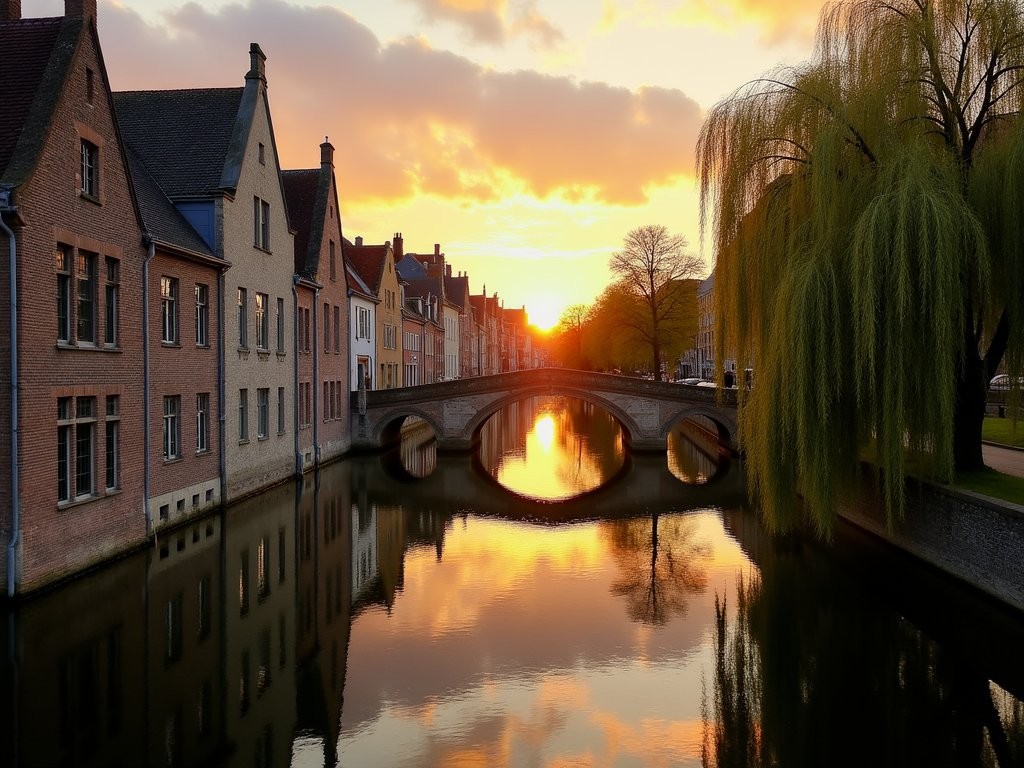
💡 Pro Tips
- Visit Rozenhoedkaai during golden hour (about an hour before sunset) for the most magical lighting and reflections
- Book canal boat tours in the morning for calmer waters and better photographs
- Walk the full length of Groenerei canal for the most picturesque and least crowded views
Groeningemuseum: Flemish Primitives & Medieval Masterpieces
While Bruges' architecture provides an external window into medieval life, the Groeningemuseum offers something equally valuable—insight into the medieval mind through its extraordinary collection of Flemish primitive paintings. As someone who values art as historical documentation, this compact museum became an unexpected highlight of my Bruges experience.
The museum houses works by Jan van Eyck, Hans Memling, and other Flemish masters whose revolutionary painting techniques brought unprecedented realism to European art. What struck me most was how these artists documented medieval Bruges itself—many paintings feature backgrounds with recognizable city landmarks that still exist today. It creates an extraordinary connection between the art and the city outside the museum walls.
The crown jewel of the collection is van Eyck's "Madonna with Canon van der Paele" (1436), whose intricate details reward patient observation. Spending time with this painting, I noticed how the artist captured the canon's aging face with unflinching realism while rendering the Madonna's brooch and the reflections in the knight's armor with astonishing precision. These works weren't just religious icons but sophisticated social documents showing how wealthy merchants and clergy wanted to be remembered.
Beyond the famous primitives, the museum's collection extends through later periods, allowing visitors to trace the evolution of Flemish art. I was particularly drawn to the works showing everyday medieval life—market scenes, domestic interiors, and landscapes that revealed how ordinary people lived and worked in medieval Bruges.
The museum is blissfully uncrowded compared to major European art destinations, allowing for intimate engagement with these masterpieces. I recommend visiting in the late afternoon when the light in the galleries is particularly beautiful and the tour groups have typically departed.
For art enthusiasts, I found my portable art light invaluable for illuminating the darker corners of paintings to see details that museum lighting sometimes obscures. Just be discreet and use it at low intensity to avoid disturbing other visitors or damaging sensitive works.
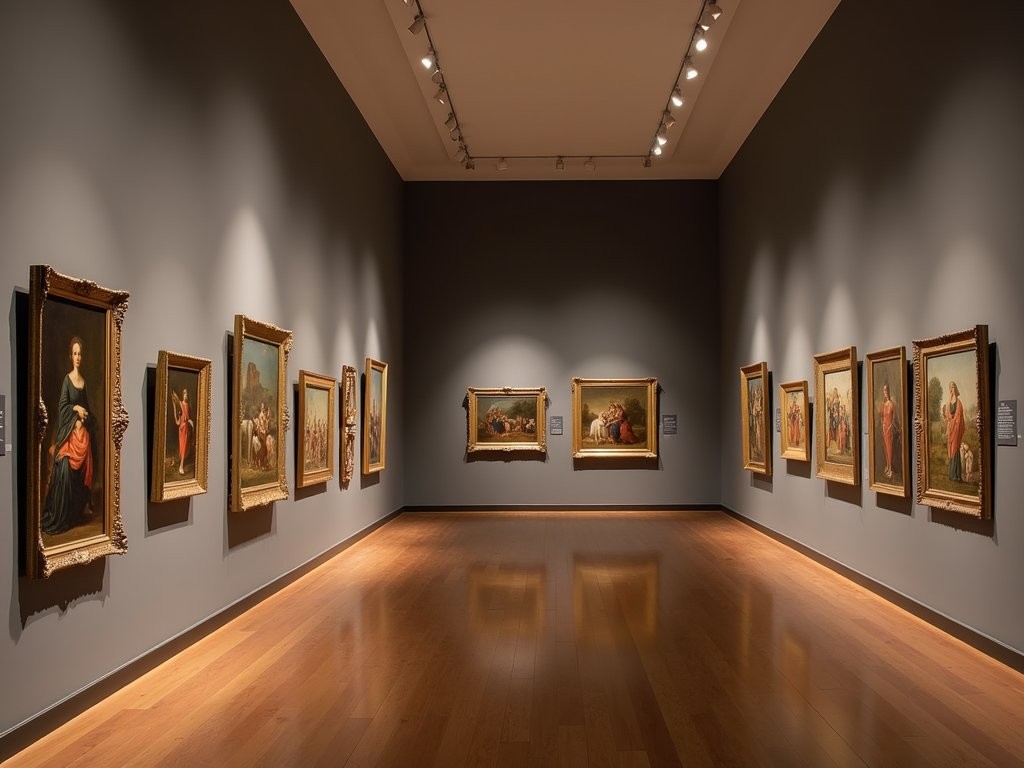
💡 Pro Tips
- Visit after 3 PM when tour groups have typically finished
- Rent the audio guide for essential context about the revolutionary painting techniques
- Look for the tiny details in backgrounds that show medieval Bruges—then find those same locations in the modern city
Begijnhof: A Medieval Women's Community
As a lawyer who has worked extensively with marginalized communities, I found the Begijnhof (Beguinage) to be among Bruges' most fascinating historical sites—not just for its serene beauty, but for the remarkable social history it represents. This walled complex of white-painted houses surrounding a tranquil garden courtyard was home to the beguines, lay religious women who lived in community without taking formal monastic vows.
Founded in 1245, the Begijnhof represents one of medieval Europe's rare examples of semi-independent women's communities. These weren't nuns in the traditional sense—beguines could own property, leave if they wished to marry, and often worked as teachers, nurses, and lace-makers. The community provided a third option for women beyond the traditional medieval paths of marriage or conventional religious life.
Entering through the bridge over the canal and passing beneath the gate, visitors experience an immediate shift in atmosphere. The noise of the tourist-filled city center falls away, replaced by profound quiet. The courtyard's large trees and simple architecture create a contemplative space that has remained essentially unchanged for centuries. Walking the grounds, I was struck by how the design reflected the beguines' values—communal yet allowing for individual privacy, modest but dignified.
Today, Benedictine nuns maintain the site, and a small museum in one of the houses offers glimpses into beguine daily life. The most moving artifacts for me were the handwritten manuscripts and examples of fine lacework that demonstrate the beguines' contributions to education and craftsmanship.
The attached church, though relatively simple compared to Bruges' grander religious buildings, contains period furnishings and art that reflect the beguines' spiritual practices. I was particularly moved by the wooden choir stalls where generations of women gathered for daily prayers.
For those interested in women's history or alternative religious communities, I recommend bringing a travel journal to record reflections. The peaceful atmosphere of the Begijnhof invites contemplation, and I found myself lingering on one of the benches, documenting my thoughts about this remarkable women's community that created its own path within medieval social constraints.
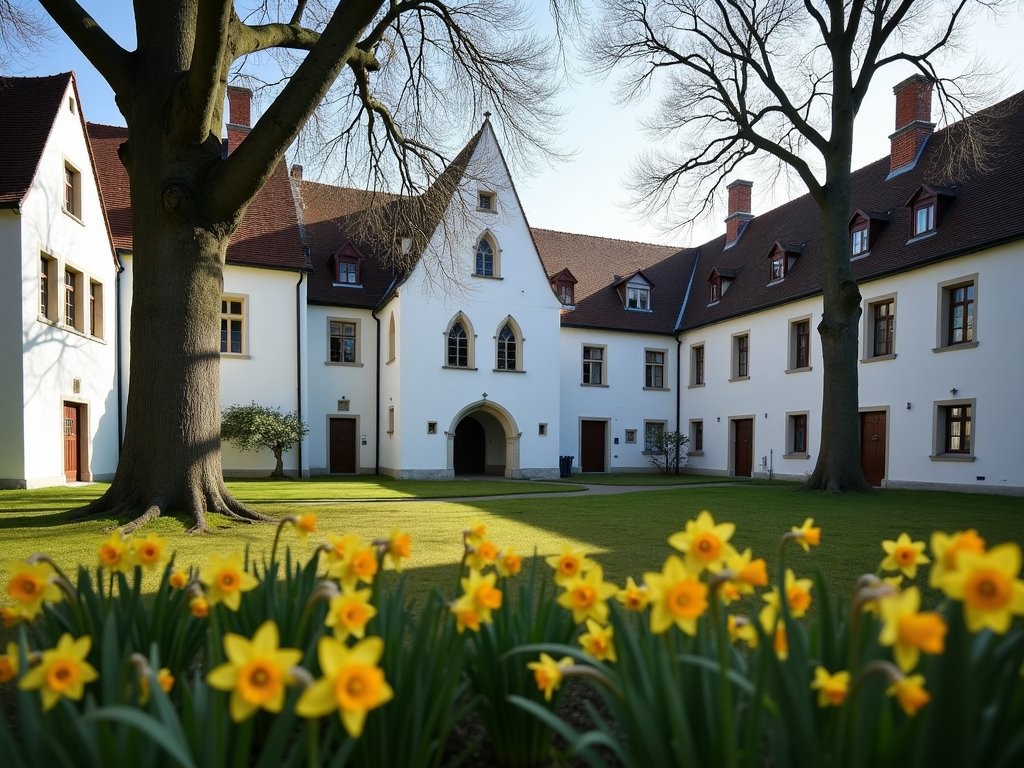
💡 Pro Tips
- Visit early morning or near closing time to experience the intended tranquility without crowds
- Respect the silence signs—this is still a functioning religious community
- Look for the small herb garden that reflects medieval medicinal practices the beguines would have used in their community healthcare work
Hidden Medieval Gems: Beyond the Tourist Trail
While Bruges' main attractions deserve their fame, some of my most meaningful encounters with the city's medieval heritage happened in less-visited corners. As someone who values going beyond surface-level tourism, I dedicated my final day to exploring these hidden historical gems.
The Jerusalem Church (Jeruzalemkerk) stands as perhaps the most unusual religious building in Bruges. Built by the Adornes family in the 15th century, this private chapel was modeled after the Church of the Holy Sepulchre in Jerusalem. Its unusual octagonal tower and strikingly somber interior create an atmosphere entirely different from Bruges' other medieval churches. The macabre tomb of Anselm Adornes featuring a skull at his feet and the dark, cramped crypt deliberately evoke the experience of Christ's tomb. With rarely more than a handful of visitors present, the church offers a uniquely intimate medieval experience.
Nearby, the Lace Museum (Kantcentrum) connects visitors to another medieval tradition that survived into modern times. Though lace-making reached its peak in later centuries, its roots trace back to medieval textile traditions that made Flanders wealthy. The museum not only displays exquisite historical pieces but often features demonstrations by local artisans using techniques passed down through generations. I spent a fascinating hour watching an elderly lacemaker's hands move with astonishing dexterity, creating intricate patterns that seemed to defy human patience.
For those interested in medieval daily life, the Folk Museum (Volkskundemuseum) recreates interiors spanning several centuries. The medieval kitchen and craftsmen's workshops provide tangible connections to ordinary people's lives that grand churches and municipal buildings sometimes obscure. I was particularly drawn to the reconstructed classroom and printing workshop that showed how knowledge was transmitted in medieval and early modern Bruges.
Perhaps my favorite hidden medieval spot was the Hof Arents, a secluded garden accessible through an unmarked passageway off Dijver street. This quiet green space features remnants of the city's first stone walls and offers a peaceful place to contemplate how the city has evolved while maintaining its essential character across centuries.
Exploring these lesser-known sites requires comfortable footwear. I relied on my walking shoes which provided the perfect balance of support and comfort for navigating Bruges' cobblestone streets and hidden passages while being stylish enough for museum visits and evening dining.
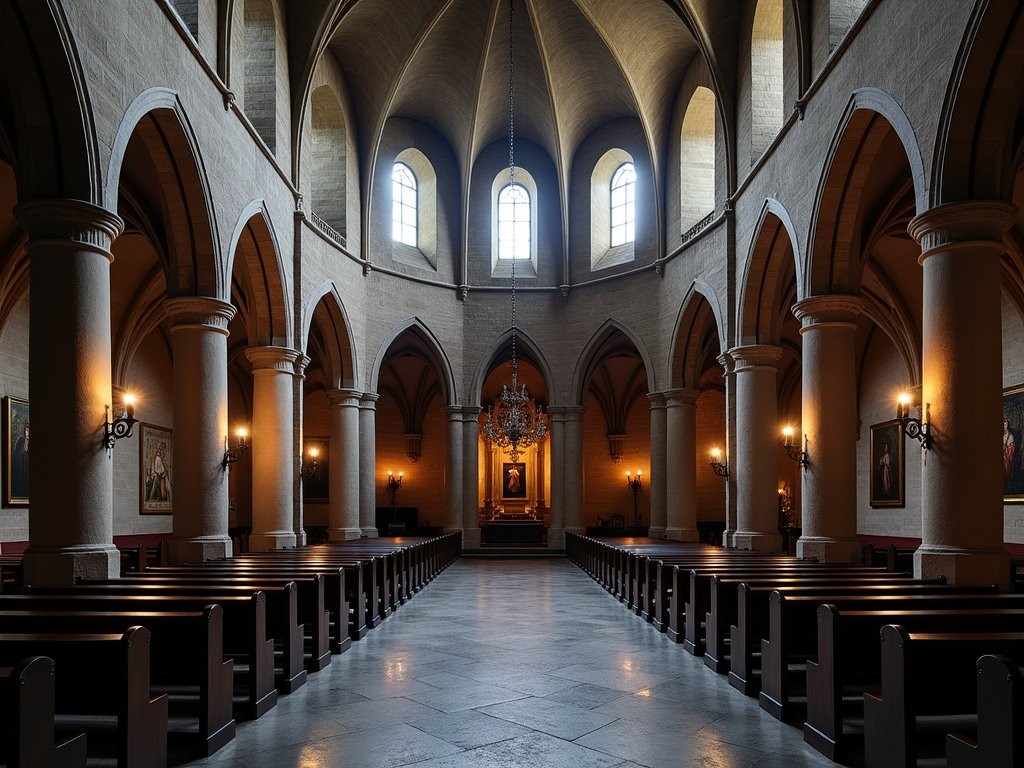
💡 Pro Tips
- Purchase the Musea Brugge Card if you plan to visit multiple museums—it quickly pays for itself
- Download the Hidden Bruges app for self-guided walking routes to lesser-known medieval sites
- Visit the Folk Museum during lunch hours when tour groups are typically at restaurants
Final Thoughts
As my weekend in Bruges drew to a close, I found myself back at that first canal bridge where my journey began, watching the medieval city transition from day to night. The floodlights gradually illuminated centuries-old facades, creating a magical reflection in the still waters that seemed to double the city's already abundant beauty. What makes Bruges extraordinary isn't just its preservation but how effortlessly it integrates its medieval heritage into contemporary life. Unlike many historical destinations that feel like museums, Bruges remains a living, breathing city where the past and present converse rather than compete. For couples seeking a romantic getaway with substance, Bruges offers that rare combination of aesthetic beauty and historical depth—a place where holding hands on cobblestone streets isn't just picturesque but connects you to countless others who have walked these same paths across centuries. Whether you're architecture enthusiasts, history buffs, or simply seeking a meaningful escape from modern pressures, Bruges rewards with experiences that linger in memory long after you've returned home. I invite you to discover your own medieval time capsule in this remarkable Belgian jewel.
✨ Key Takeaways
- Bruges' compact size makes it perfect for a weekend exploration of medieval history
- Spring visits offer the ideal balance of pleasant weather, blooming gardens, and fewer crowds than summer
- The lesser-known sites often provide the most authentic connections to medieval Bruges
- Early mornings and evenings offer the most magical atmosphere when day-trippers have departed
📋 Practical Information
Best Time to Visit
Spring (April-May) when crowds are manageable and gardens bloom
Budget Estimate
$150-250 per day for mid-range accommodation, meals, and attractions
Recommended Duration
2-3 days for comprehensive exploration
Difficulty Level
Easy - Compact City Center With Flat Terrain

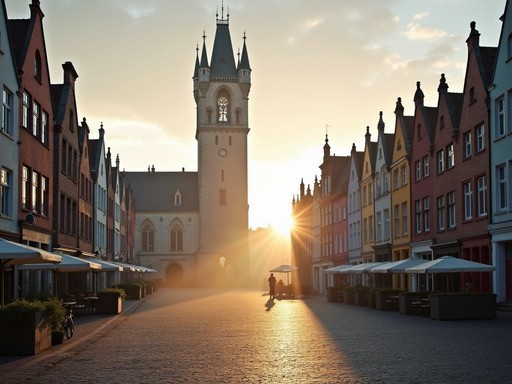















Comments
sunsetking
If you're into photography, the light is magical just after sunrise when the tourists aren't out yet. The Rozenhoedkaai viewpoint without crowds is worth the early alarm.
islandperson
OMG your photos are INCREDIBLE!! Just booked my tickets for October after reading this! Can't wait to see those gorgeous canals and medieval buildings in person! Did you do a boat tour? Worth it?
greenadventurer
Not OP but YES do the boat tour! We did it last month and it gives you a completely different perspective of the city. Pro tip: go earlier in the day to avoid long lines.
Jean Wells
Having visited Bruges numerous times over the past decade, I can attest that your assessment of the Groeningemuseum is spot-on. The collection of Flemish Primitives provides crucial context for understanding the architectural elements you'll observe throughout the city. One aspect visitors often overlook is the evolution of trade visible in the city's layout - the canals weren't merely picturesque but vital commercial arteries. I recommend visitors use this walking guide which includes excellent historical context for each site. The section on medieval guild houses around the Markt square is particularly illuminating for understanding the city's economic prominence during the 14th century.
adventuremood5180
Any recommendations for the best time of day to visit the Basilica of the Holy Blood? Heard it gets super crowded.
photorider
That golden hour light on the canals! What camera setup did you use for these shots? They're stunning.
islandway
Is one day enough to see all these spots or should I plan for two?
sunsetking
Definitely two days minimum. We rushed through in one day and missed so much. The museums alone need proper time.
islandway
Thanks for the tip! Will rearrange my itinerary to give it more time.
Bryce Diaz
Savannah, your post took me right back to my visit last spring! That moment when you first stand on one of those arched bridges and take in the medieval panorama is pure magic. I spent hours just wandering those narrow cobblestone streets between the Markt and Burg Square. Found this tiny chocolate shop tucked away down a side alley that had the most incredible pralines I've ever tasted. The owner was a 3rd generation chocolatier who still used his grandfather's recipes. Sometimes the best discoveries in Bruges are the ones you stumble upon when you're lost!
islandperson
Omg I need the name of that chocolate shop!! Going in October and I'm a total chocolate fiend!
Bryce Diaz
It was called Chocolatier Van Oost if I remember correctly! Near Wijngaardstraat. Get the dark chocolate sea salt caramels - life changing!
greenadventurer
Bruges has been on my bucket list forever! Those canal photos are absolutely dreamy.
photogal
Your canal shots are stunning! Perfect framing with those medieval buildings.
wavenomad
OMG YES! Bruges is INCREDIBLE! I've been three times and still haven't seen everything. Did you try the beer at De Halve Maan brewery? Their underground beer pipeline is such a cool story! And the frites with all those different sauces... I'm literally drooling thinking about them right now!
Savannah Torres
The brewery tour was amazing! And yes, those frites... I think I tried at least 5 different sauces during my stay!
Venture X
Premium card with 2X miles, $300 travel credit, Priority Pass